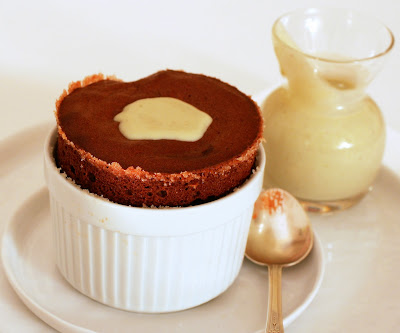I know it’s predictable and perhaps a little boring, but the fact is that The Joy of Cooking – the 1997 version, that is – is one of my favorite and most used cookbooks. You can find just about everything in it, the recipes always work (though there are a few
typos here and there) and they are generally very good. Many of my good friends worked on this book, either contributing recipes or performing the mammoth task of copyediting it (kudos to copyediting genius Judith Sutton). One of my interns even worked
on the book after leaving my dysfunctional nest at Chocolatier. Though there are plenty of good international recipes in The Joy, I find the American classics to be the best. Among them is the classic Ohio Lemon Pie, a.k.a. Shaker Lemon Pie. The Shakers are known
for their wonderful pies (and furniture). Back in the day, lemons were considered to be a valuable commodity, so those thrifty Shakers figured out how to use the whole fruit in a pie. I love the frugality of this, and it reminds me of one of my favorite French
desserts, Pradier’s Whole Lemon Tart, which he made for my cooking class during a demo one day, many years ago in Paris. But in Pradier’s version, the lemons are chucked whole, seeds and all, into the food processor and transformed to a puree. In the Shaker pie, they are sliced thinly and macerated in sugar. Like Pradier’s tart, the Shaker Lemon Pie is not for the feint of heart. It’s got a serious lemon kick, which is why lemon fanatics love it so. Encased in a flaky-yet-buttery crust (my own recipe), this pie is downright irresistible. And you don’t have to be a Shaker from Ohio, either, to love it.






















































